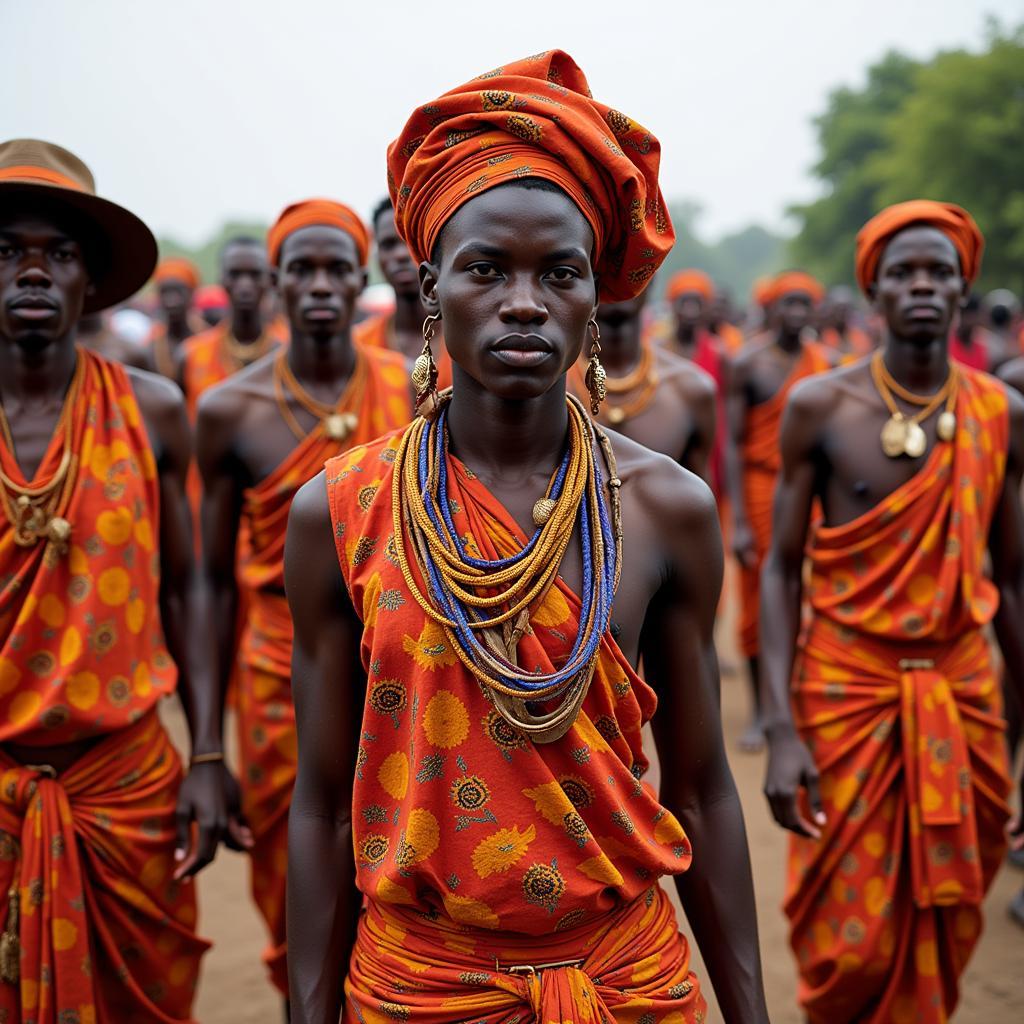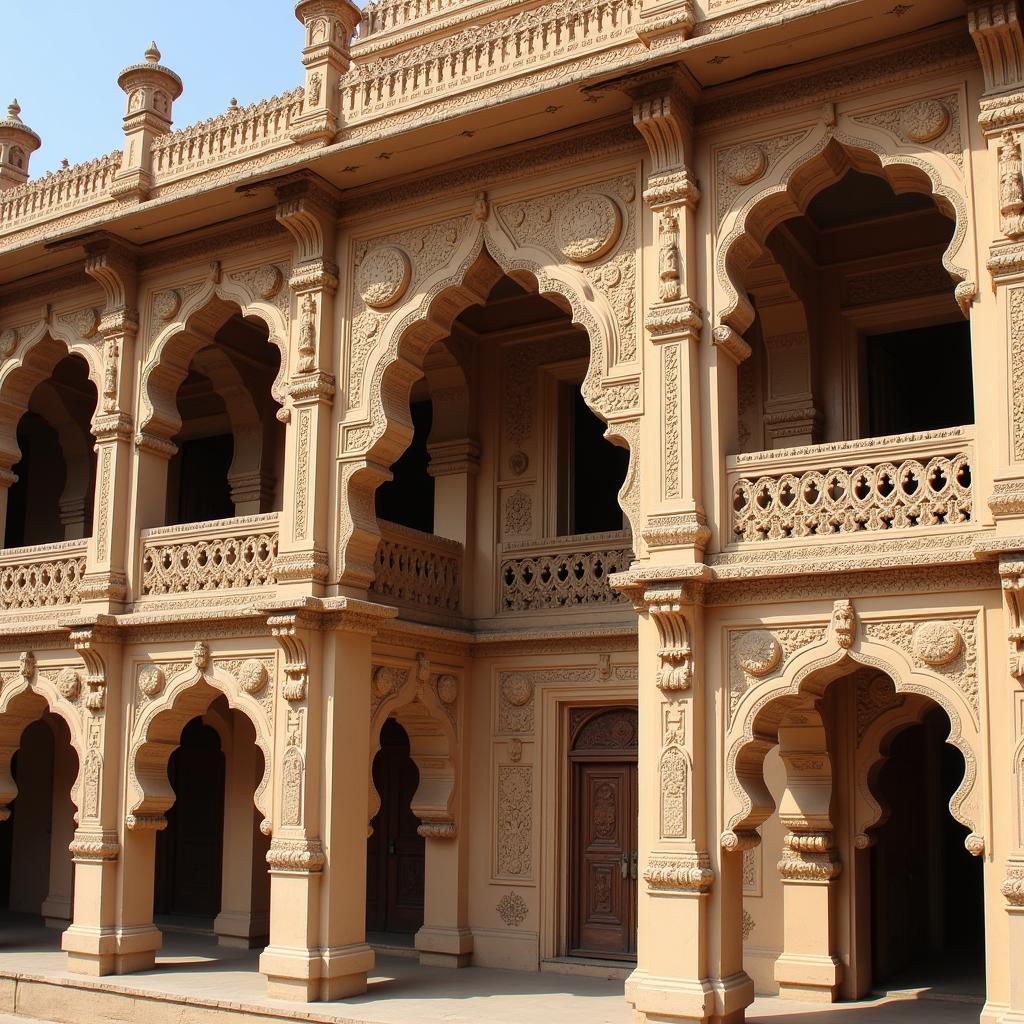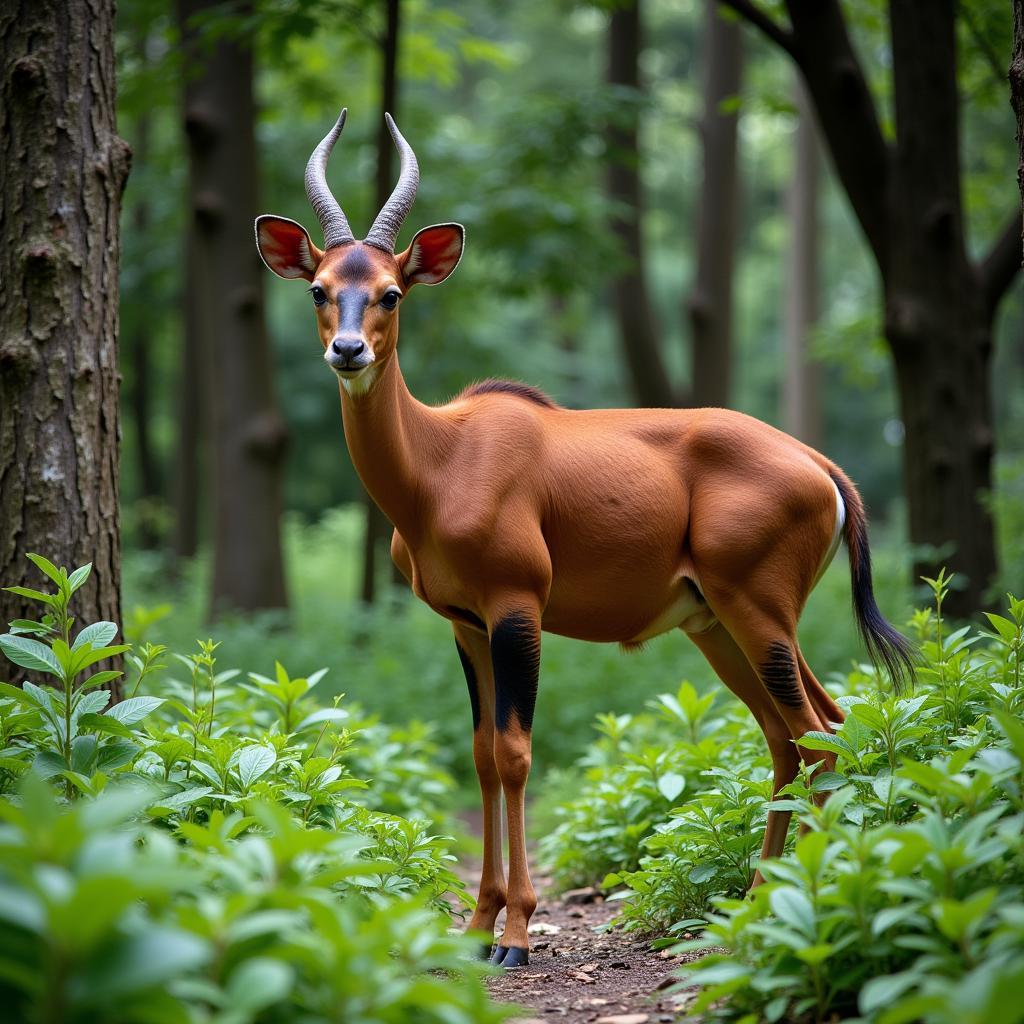The African Influence in India: A Historical and Cultural Exchange
The presence of African In Indian history dates back centuries, weaving a rich tapestry of cultural exchange that has left its mark on India’s social fabric, cuisine, music, and traditions. This intricate relationship, often overlooked, offers a fascinating glimpse into the interconnectedness of civilizations and the enduring legacies of migration and cultural fusion.
 African Traders Arriving on the Malabar Coast
African Traders Arriving on the Malabar Coast
From Traders to Rulers: The African Diaspora in India
The earliest encounters likely occurred through trade, with evidence pointing to African presence on the Indian subcontinent as early as the 3rd century BCE. African traders, particularly from the Swahili Coast, navigated the monsoon winds, bringing with them goods such as ivory, gold, and spices, contributing to the flourishing Indian markets. These early interactions laid the groundwork for a more permanent African presence in India.
 Members of the Siddi Community in Gujarat
Members of the Siddi Community in Gujarat
Over the centuries, Africans arrived in India under various circumstances, including as soldiers, slaves, and mercenaries. Many rose to prominent positions, integrating into the existing social structures and wielding considerable influence. The most prominent example is the rise of the African rulers in the Deccan region. The Bahmani Sultanate, founded in the 14th century, boasted several powerful African rulers who contributed significantly to the region’s art, architecture, and culture.
The Enduring Legacy: African Imprints on Indian Culture
The African diaspora in India didn’t just blend into the background; it actively shaped and enriched various facets of Indian society. The impact is particularly evident in:
- Music and Dance: African rhythms and musical traditions, brought by the Siddis, found a place in Indian music. The rhythmic clapping, drumming patterns, and call-and-response singing styles are reminiscent of their African roots. The Sidi community, primarily residing in Gujarat, is known for its vibrant dance forms like the
Dhamaland the energeticGoma, showcasing a fusion of African and Indian elements. - Cuisine: The African influence on Indian cuisine, while subtle, can be traced back to ingredients and cooking techniques. The use of coconut, tamarind, and certain spices, particularly in South Indian cuisine, hints at the culinary exchange that occurred through trade and migration.
- Language: While not as pronounced as in other areas, the influence of African languages, particularly those of Bantu origin, can be seen in certain dialects and linguistic nuances in regions with a significant African presence.
- Martial Arts: African martial arts, known for their agility and acrobatic elements, also found their way into the diverse tapestry of Indian fighting styles.
 Intricate Carvings on an Indian Palace Influenced by African Architectural Styles
Intricate Carvings on an Indian Palace Influenced by African Architectural Styles
Uncovering a Shared History: African in Indian Narratives
The historical narrative of Africans in India is not without its complexities. While some found acceptance and rose to power, others faced discrimination and marginalization. It is crucial to acknowledge the different experiences within the African diaspora in India, recognizing both the contributions and the struggles.
Exploring the African influence in India sheds light on the multifaceted nature of cultural exchange. It reminds us that history is not a monolithic narrative but a complex tapestry woven from the threads of migration, trade, and cultural fusion. By delving deeper into these shared histories, we gain a richer understanding of both India and Africa, appreciating the interconnectedness that has shaped their vibrant cultures.

